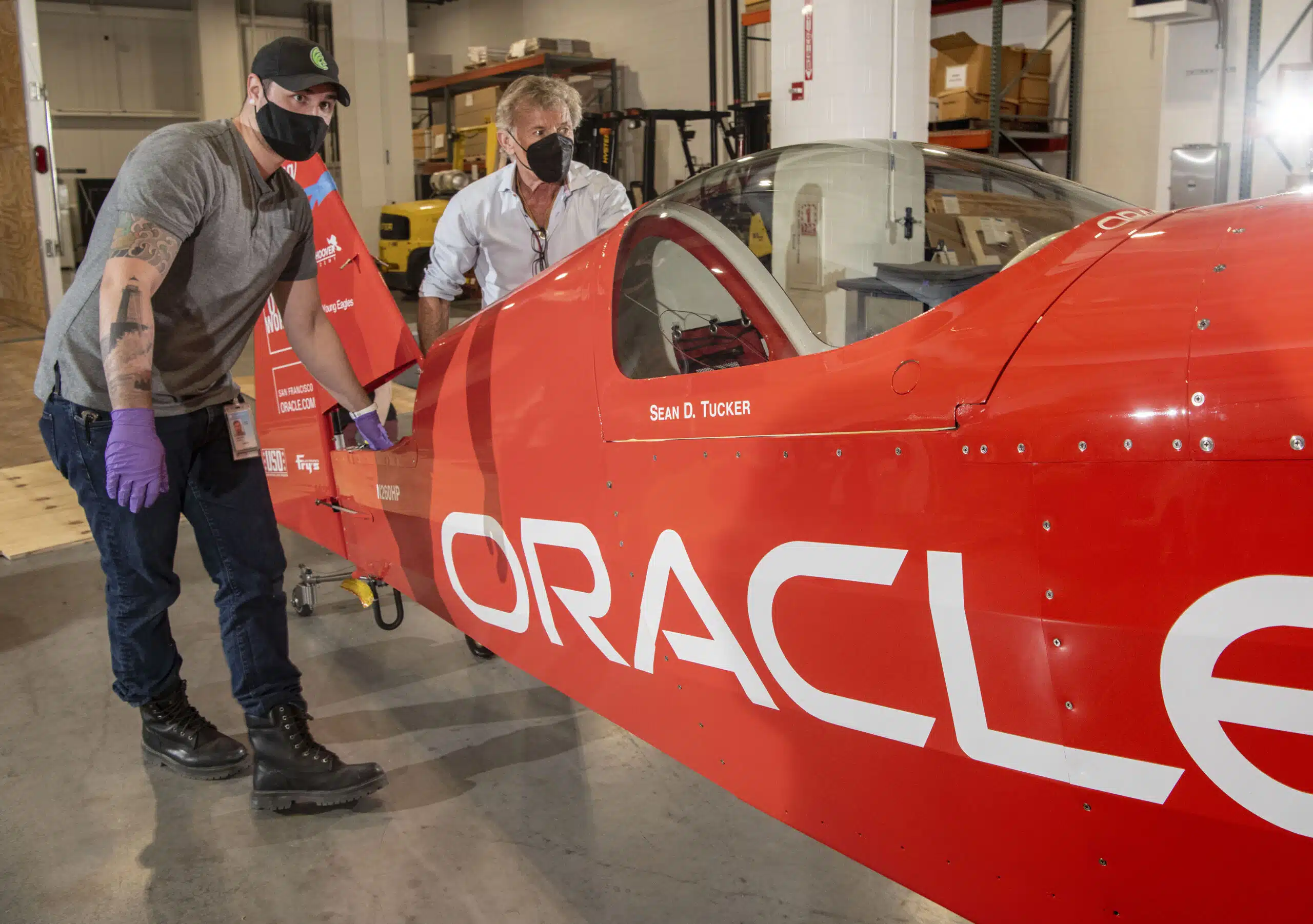Amidst the backdrop of fluctuating economic indicators, US stock futures are experiencing a slight uptick as investors closely watch for anticipated adjustments from the Federal Reserve. Meanwhile, Boeing faces a critical juncture as a substantial number of its workforce on the US West Coast votes to initiate a strike, raising demands for improved compensation. In a contrasting development, Oracle captures attention with its optimistic revenue projections for 2026, igniting investor interest and driving its stock prices higher in after-hours trading.
Market Movements: Anticipation and Uncertainty
In the dynamic environment of financial markets, US stock futures have seen a slight uptick, mirroring a sense of careful optimism among investors who are preparing for possible shifts in monetary policy by the Federal Reserve.
This measured increase comes on the heels of a trading day where stocks reached their highest points for the month, driven mainly by economic reports that bolster the probability of an upcoming interest rate cut. By the time morning trading was underway, futures tied to the Dow Jones Industrial Average had climbed by 61 points, marking a 0.2% rise. Similarly, futures for both the S&P 500 and the Nasdaq 100 experienced parallel modest gains.
The upward trend in these indices reflects a broader market sentiment that is cautiously positive, shaped by several factors. Recent economic indicators have suggested a mixed but generally stable outlook, fueling speculation that the Federal Reserve might adopt a more accommodative stance to support continued growth.
Investor sentiment has been buoyed by these prospects, with many market participants anticipating that a reduction in interest rates could provide a further boost to equities. This context is crucial as it positions these movements within the ongoing narrative of economic recovery and market resilience. The subtle gains in stock futures are seen as part of a more significant trend where investors weigh the potential benefits of policy decisions against prevailing economic uncertainties.
Boeing Confronts Labor Challenges
Boeing is navigating turbulent times as over 30,000 employees in the Pacific Northwest have decisively voted for a strike, demanding improved wages and enhanced benefits. This labor action arrives at a pivotal juncture for the aerospace titan, which is already contending with significant challenges related to quality control and intensified scrutiny over its safety protocols. The impending strike, set to begin at midnight, represents Boeing’s most substantial labor confrontation since 2008—a dispute that previously cost the company approximately $1.3 billion due to production disruptions.
The workers’ call for better compensation and benefits is fueled by a combination of rising living costs and a desire for parity with industry standards, highlighting longstanding grievances about pay scales and working conditions. The strike’s timing could severely impact Boeing’s operations, potentially delaying aircraft deliveries and affecting its supply chain, which is crucial for maintaining client commitments and market competitiveness.
In a broader context, this strike underscores the vulnerabilities within the aerospace industry, where labor relations play a crucial role in operational stability. Historically, Boeing has encountered labor strife, but the current situation is exacerbated by the pressures of recovering from past safety issues and adapting to a post-pandemic market environment. The outcome of this labor action could set a precedent for future negotiations, not only for Boeing but across the aerospace sector, as companies balance the demands of a skilled workforce with the pressures of global competition and financial performance.
Oracle’s Bright Revenue Prospects
In stark contrast to Boeing’s challenges, Oracle has projected a robust revenue outlook for its fiscal year 2026, exceeding market expectations. The database software titan anticipates revenues reaching $66 billion, outpacing analysts’ predictions of $64.5 billion. This optimistic forecast has been driven by a burgeoning demand for cloud services, particularly from the expanding artificial intelligence sector, propelling Oracle’s stocks up by more than 6% in after-hours trading.
Adobe’s Financial Projections Fall Short
On the other hand, Adobe finds itself grappling with investor disappointment following its latest financial guidance. The company’s fourth-quarter revenue projections fell short of analysts’ expectations, predicting figures between $5.50 billion and $5.55 billion, compared to the anticipated $5.61 billion. Despite efforts to enhance its software offerings with AI-driven features, Adobe’s outlook reflects caution amidst uncertain economic conditions and heightened interest rates, prompting a decline in its stock during after-hours trading.
Oil Prices and Market Sentiments
Crude oil prices are on track to end the week on a positive note, buoyed by supply concerns linked to Hurricane Francine. Despite this recovery, oil prices remain close to recent lows, with Brent futures rising to $72.34 per barrel and West Texas Intermediate crude climbing to $68.50 per barrel. The market’s gains are tempered by underlying fears of weakening demand that continue to influence commodity trading dynamics.
As the financial world navigates these developments, the interplay of labor unrest, corporate forecasts, and market fluctuations highlights the complexity and unpredictability of the economic landscape. Investors remain vigilant, balancing optimism with caution as they anticipate the Federal Reserve’s next move and its potential impact on future market trends.


